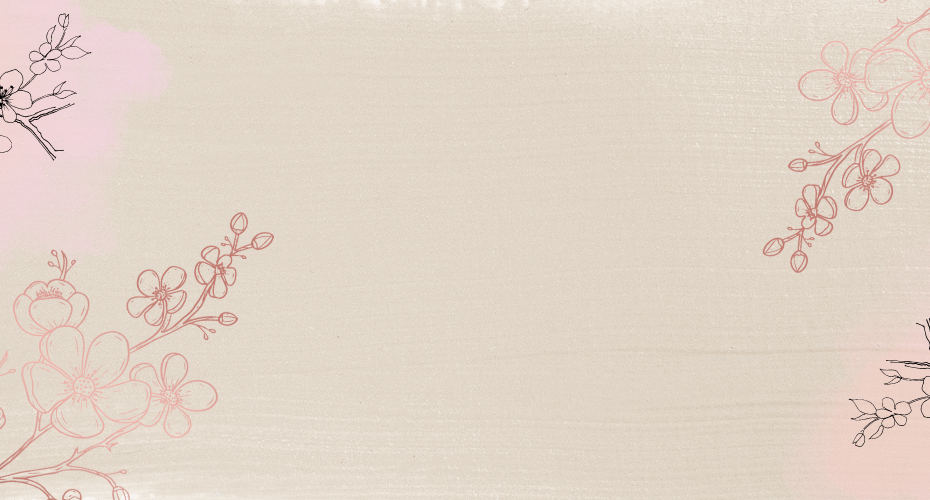Japanese Recipe Adventures: Hiyashi Chuka
Hiyashi chuka is my go-to dish as soon as it’s warm enough to stop wearing long sleeves. The cool noodles and the refreshing tang of the vinegar really hit the spot on a hot summer night, and it helps that there’s not a lot of cooking to do, so I’m not sweating buckets by the time I sit down to eat.
Hiyashi chuka is a customizable cold noodle dish using the same egg noodles often used in ramen, called “chuka men” (Chinese noodles). Although there are tons of variations (and you’re welcome to try your own), for this Japanese Recipe Adventure, we’ll take a look at the style you’ll most commonly find in Japan. But it will be much better because you’ll have made it yourself!
Ingredients
Photo: Cassandra LordPractically a noodle salad.
This recipe makes two bowls of hiyashi chuka.
For the noodles and toppings:
2 portions of chuka men (or any other egg noodle)
1 egg
Oil as needed
2 slices of ham
1 Japanese cucumber (or half an English cucumber)
Half a large tomato
Mustard and beni shoga ..


